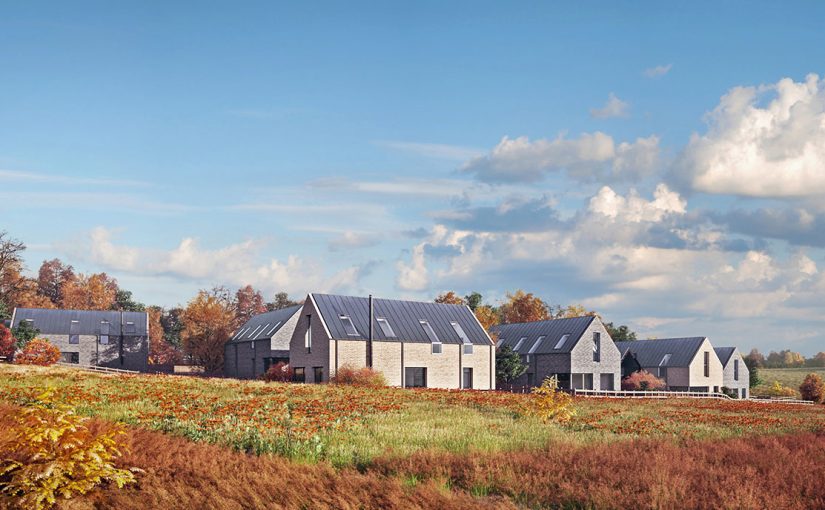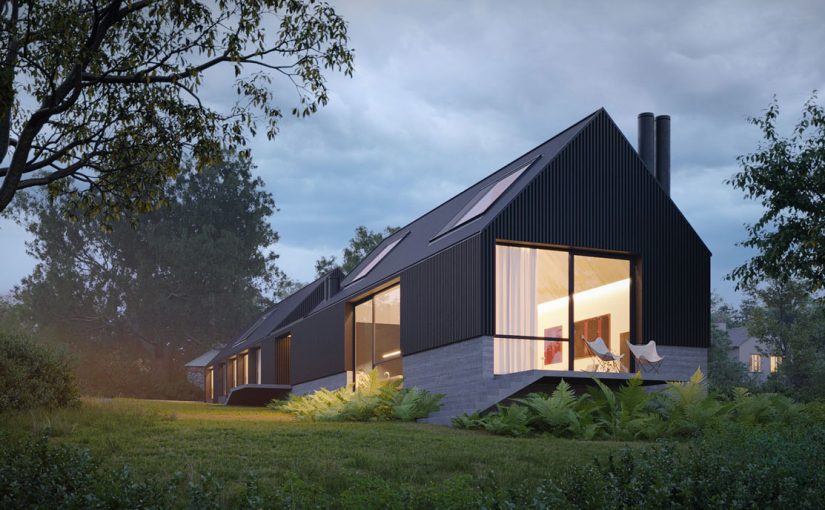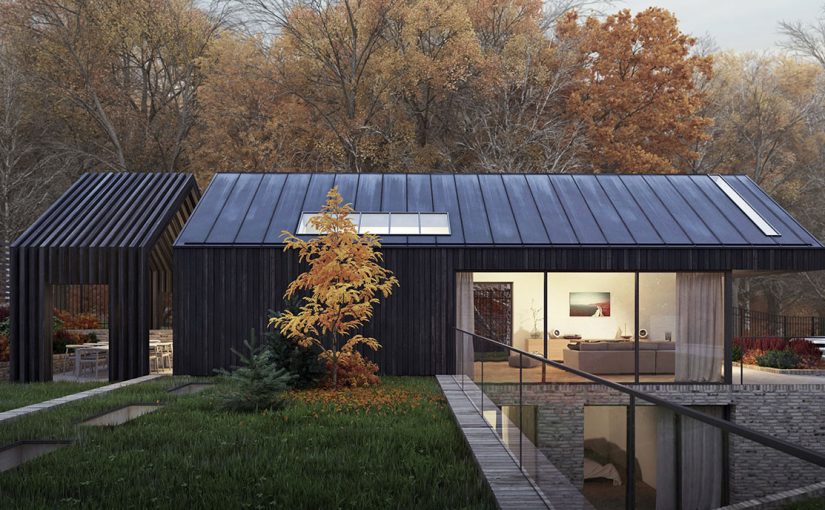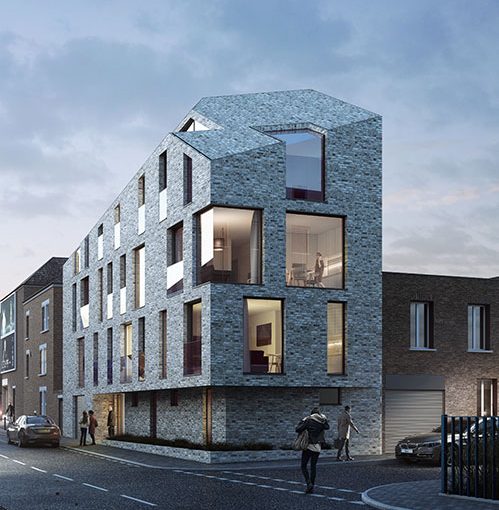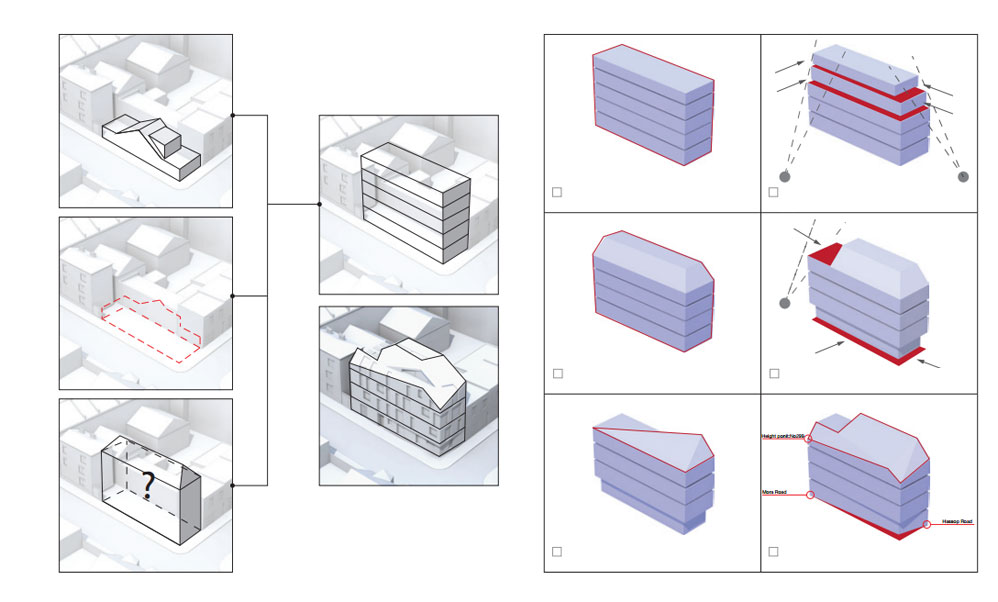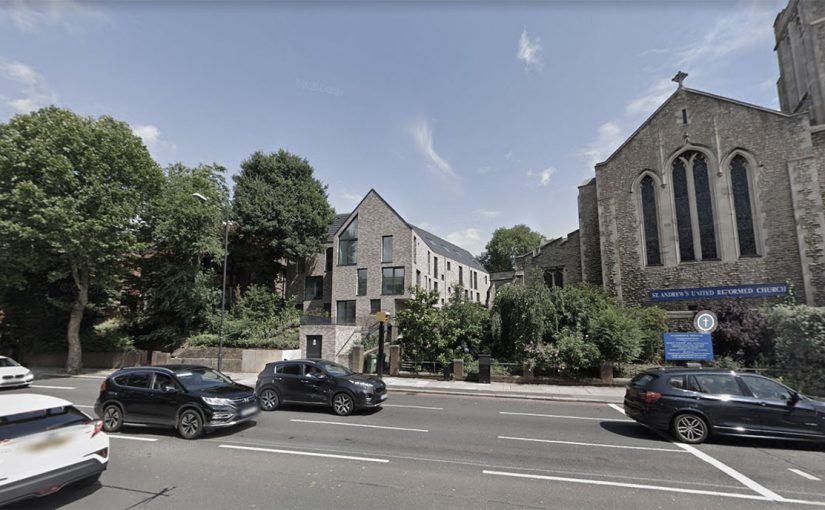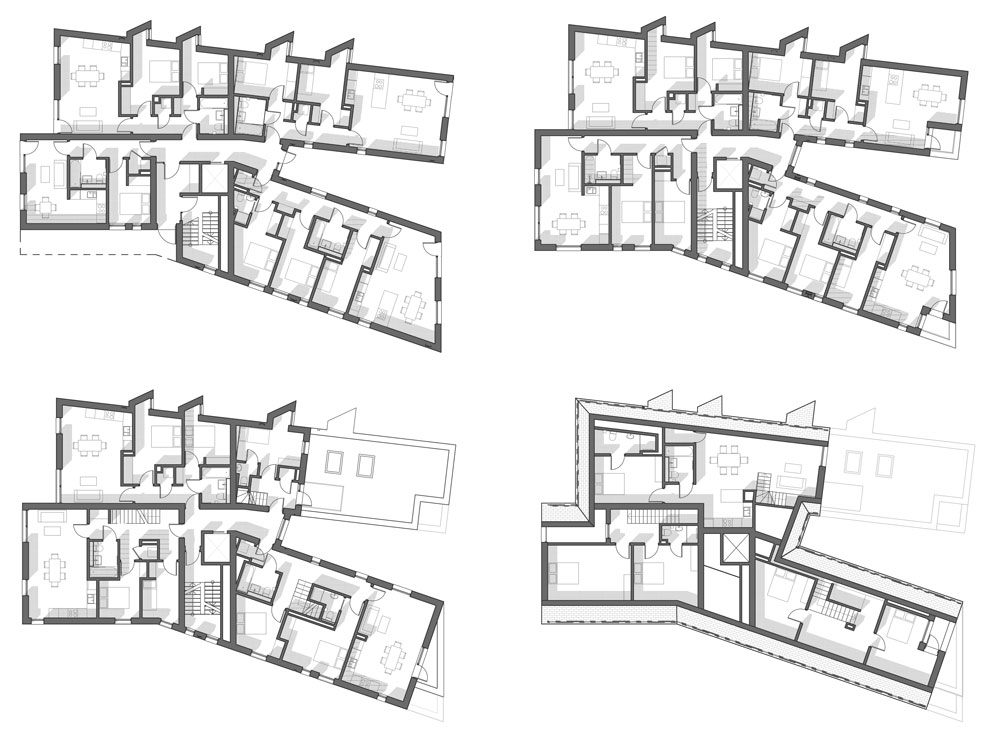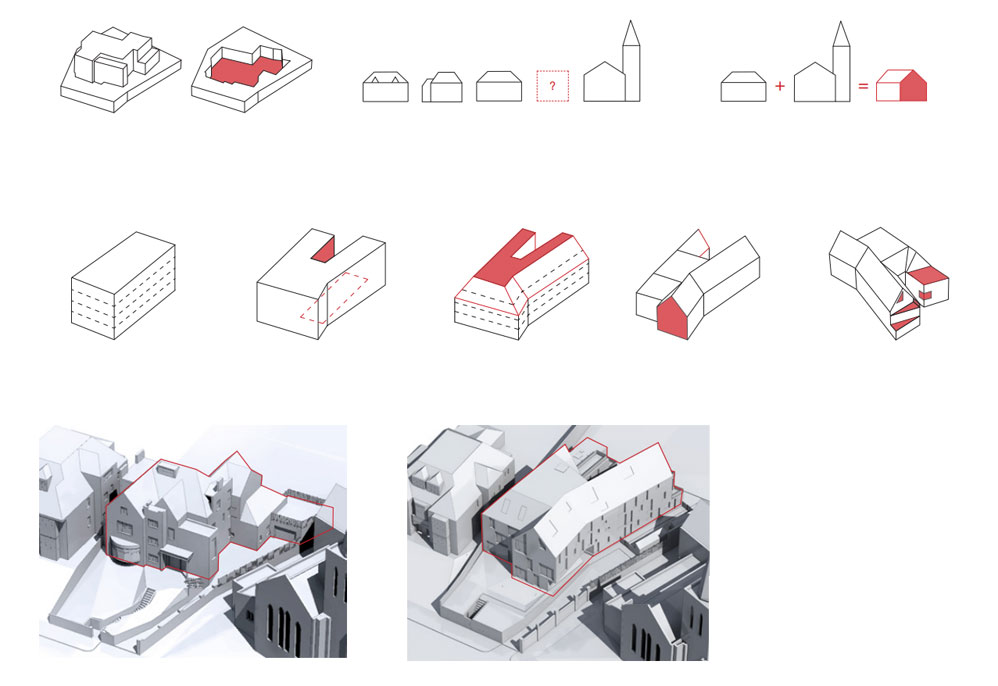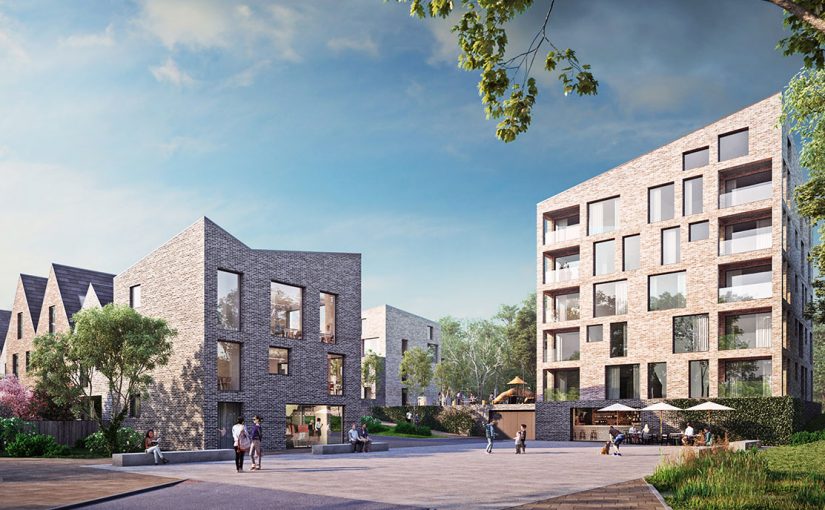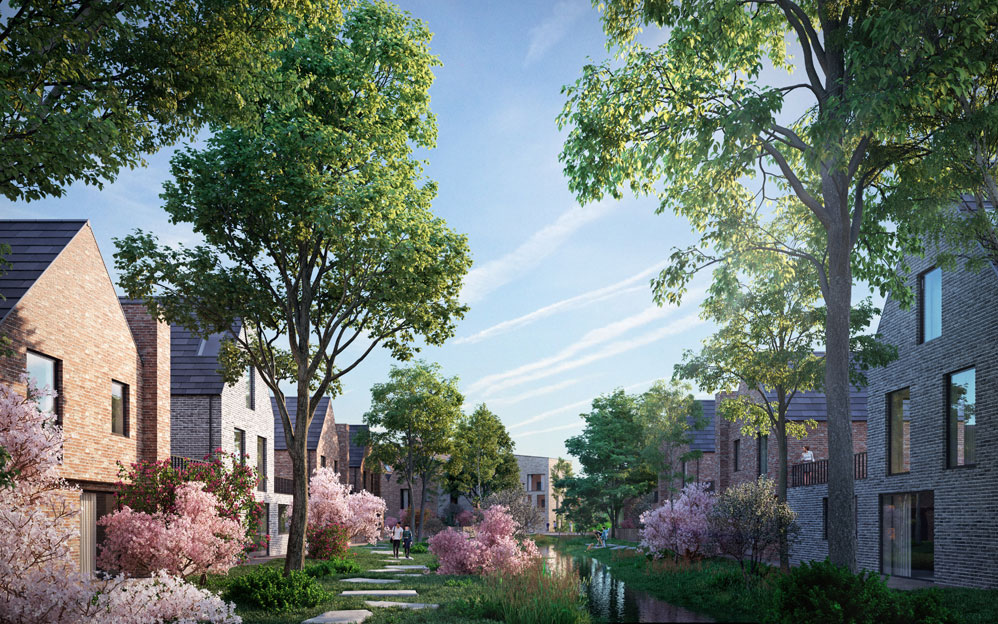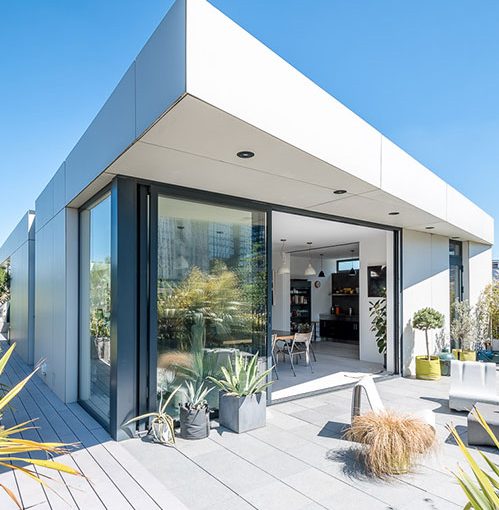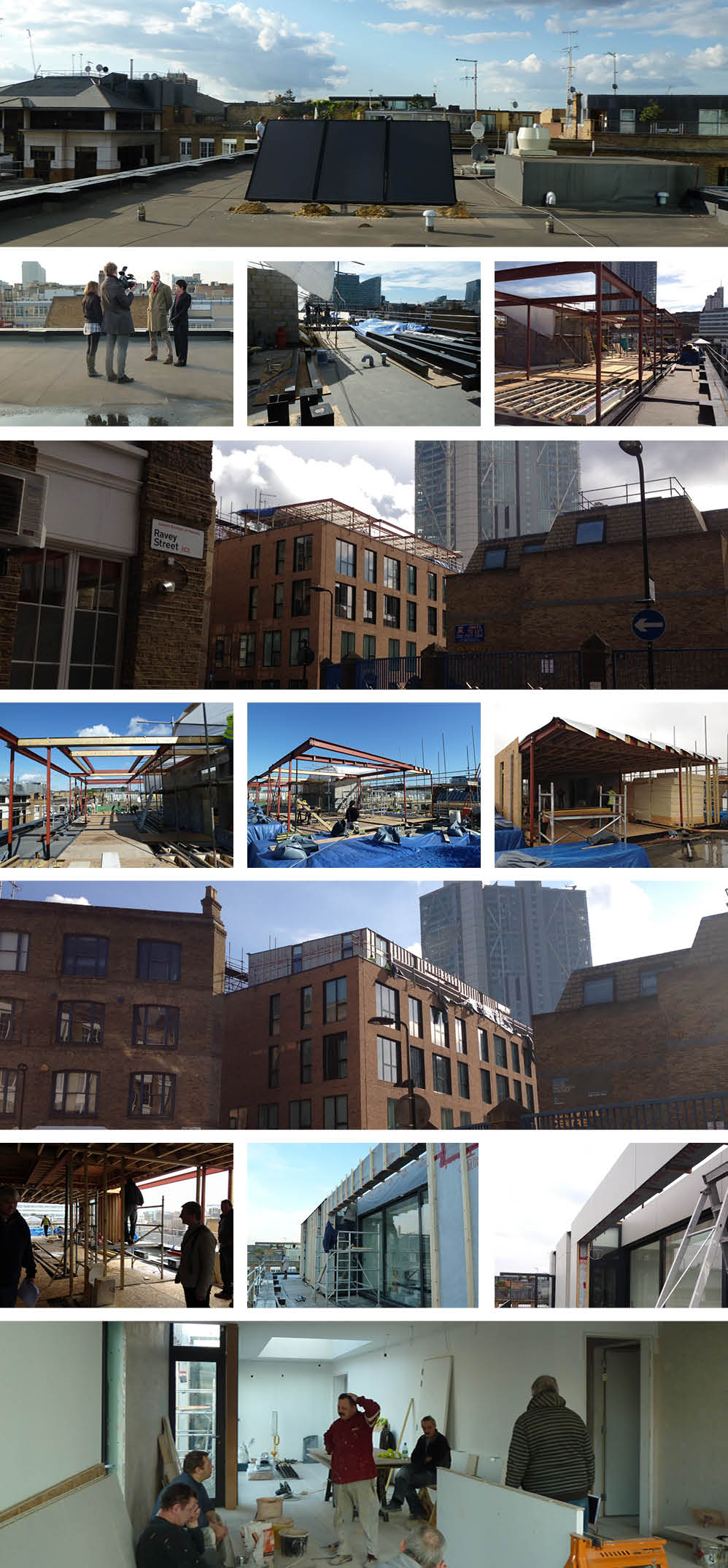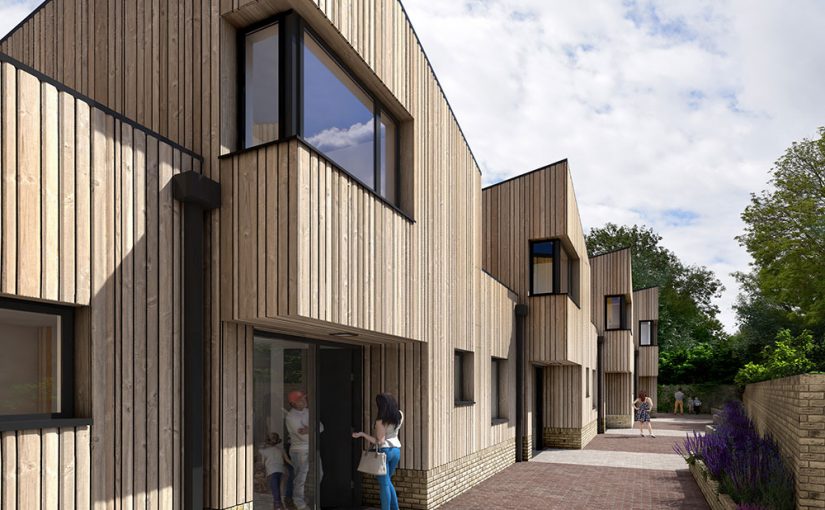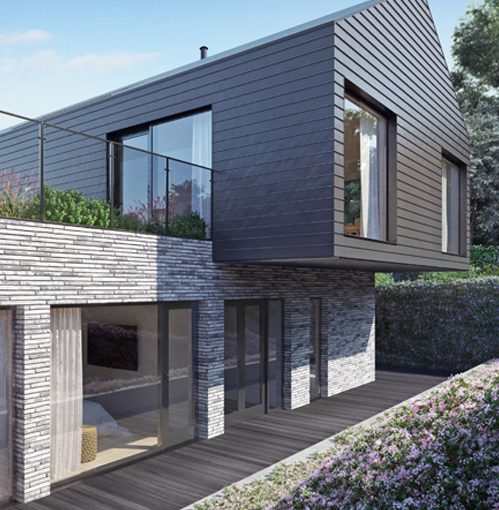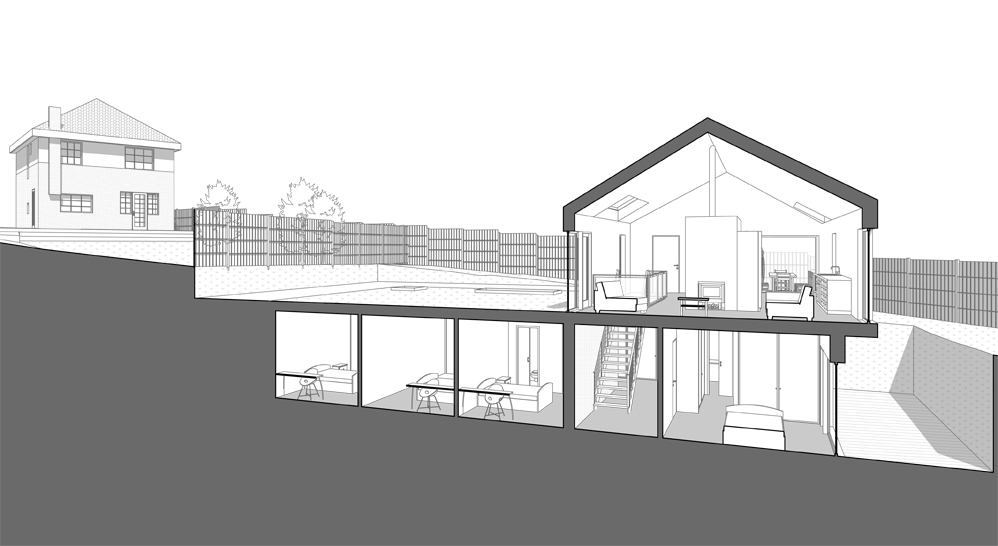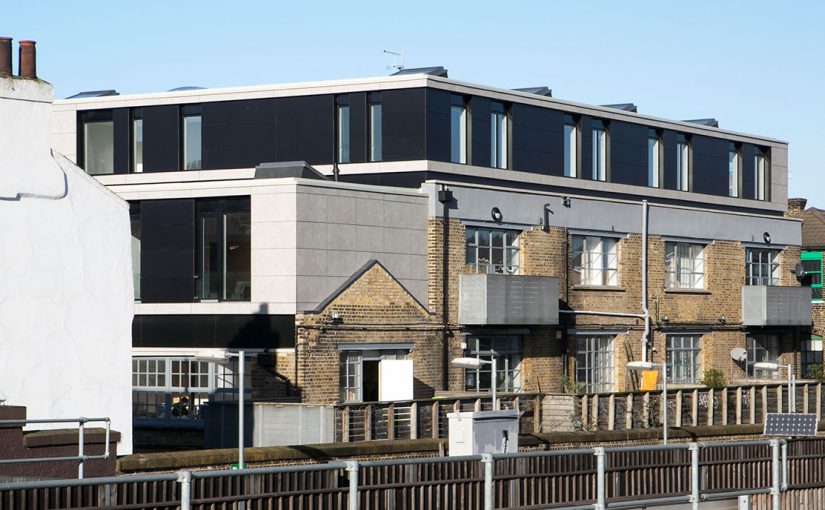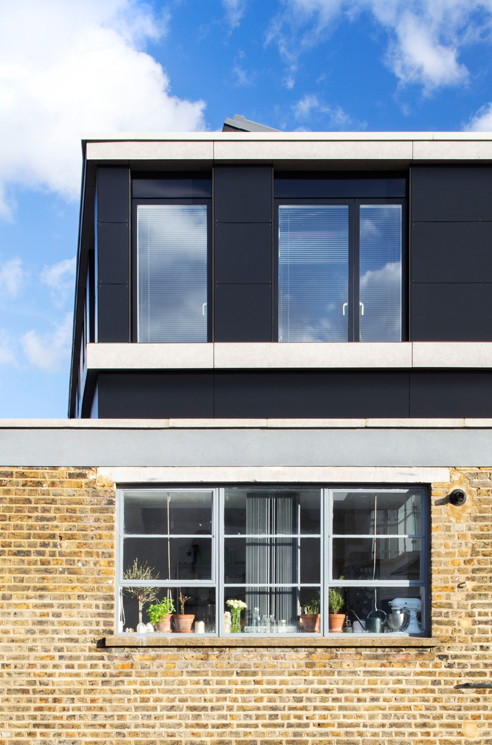How to create a new hamlet on London's Greenbelt
Architect and Design Team Leader – Douglas and King Architects
Quantity Surveyor – Andrew Morton Associates
Planning Consultant – Countrywide
Structural Engineer – Conisbee
MandE – Mendick Waring
Main Contractor – See Building Contractors
HVF Goffs Oak creates of 10 contemporary family homes on a green belt site in Hertfordshire. Site works commenced in January 2021 with Design and Project Management services led by the Architect. The project is being delivered with Offsite MMC Technology and has been led from inception through planning, detailed design and tendering stages by the Architect. HVF Goffs Oak is nearing completion on site.
The layout of the site has been planned with place-making at its core to encourage a sense of belonging, and to create a safe, social, friendly, shared environment. At Douglas and King we have a history of delivering residential schemes on small sites with the aim of creating healthy communities through low impact developments.
High View Farm is a ‘hamlet’ sized scheme presenting minimal intrusion into the rural landscape of farms and nurseries that surround it. It adapts sensitively to the orientation of the sun, the sloping topography and the views towards the surrounding countryside.
Douglas and King are currently working on construction management in collaboration with See Building Contractors.



The design of the houses is authentic to the traditional building forms of the area, historic barns and small industrial buildings thereby reflecting a distinct and contemporary expression of local identity rather than a suburban townhouse pastiche.
The buildings are exemplars of the possibilities presented by 21st century technology being zero carbon, timber-framed structures. Major components of their superstructure will be factory assembled and delivered to site. These share a commonality that will enable the construction methods to be flexible, economic and sustainable.


We have designed the buildings with minimal detailing using a palette of materials that reflect the local vernacular – a mix of brickwork and timber cladding. The pitched roofs are fabricated from zinc and flush-fitting roof lights and windows allow daylight to flood through the internal floor levels.

As detached family homes, each one is unique in layout, and they respond to the lifestyles of those who will live in them through a hierarchy of spaces rising from ground to roof levels, public through private, incorporating strategically designed storage at every level.
The landscaping strategy for the site follows an ecological path using native plants and trees to promote biodiversity within a natural environment. The shared acess areas are planted with trees, shrubs and wild flowers and a central copse sown with reeds provides valuable storm attenuation.


